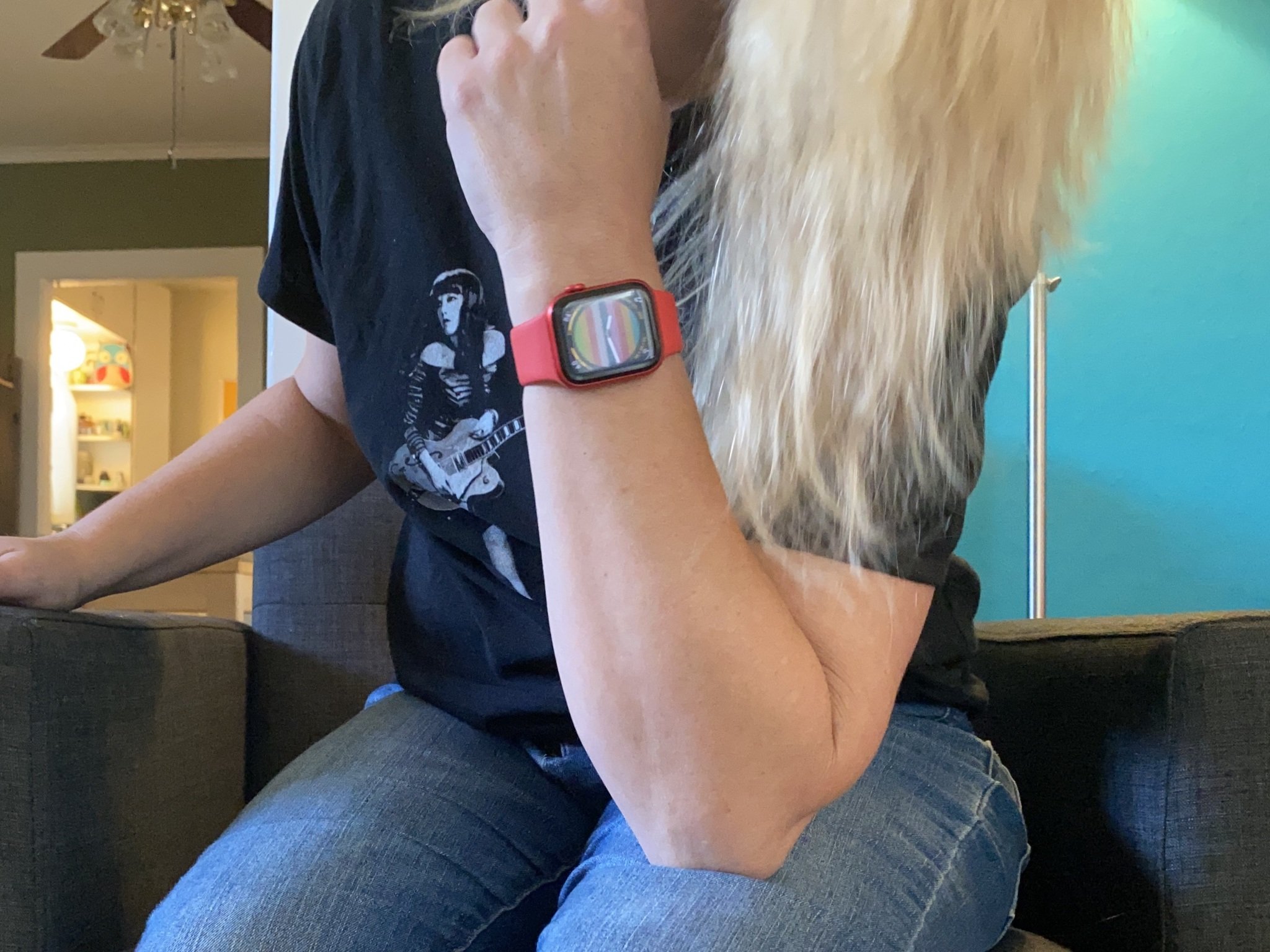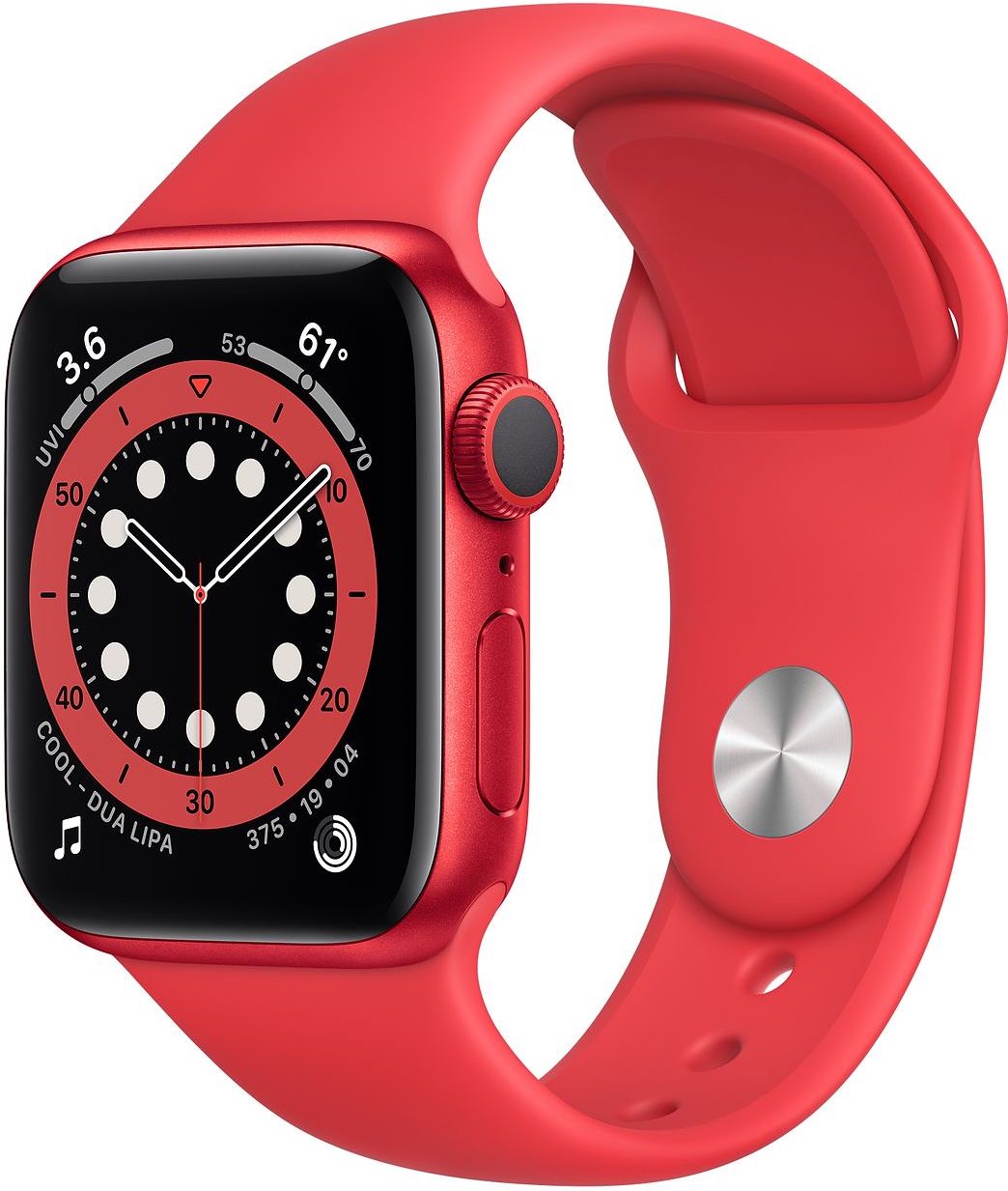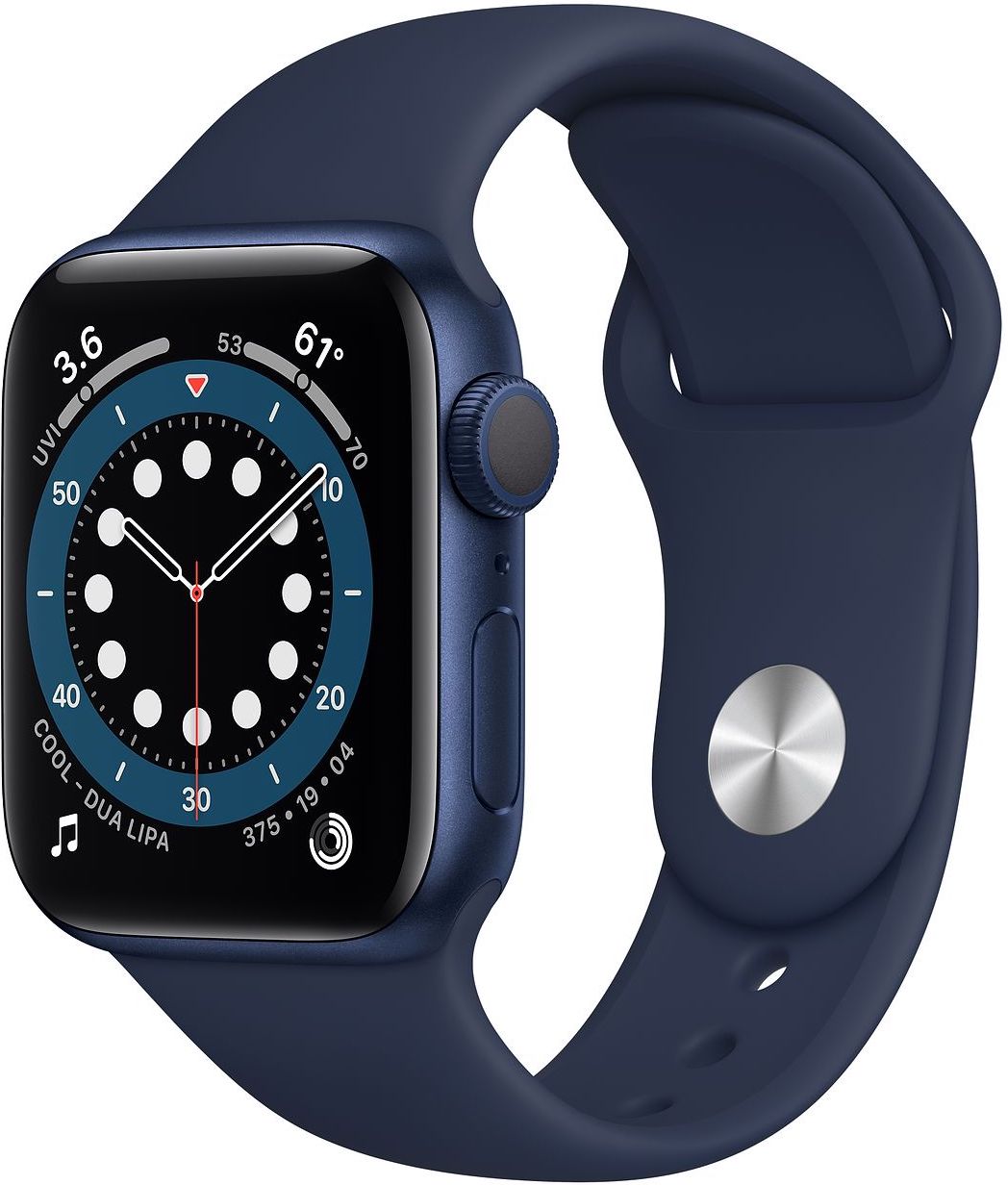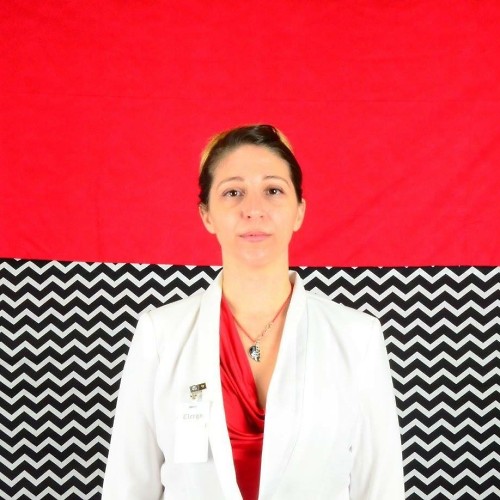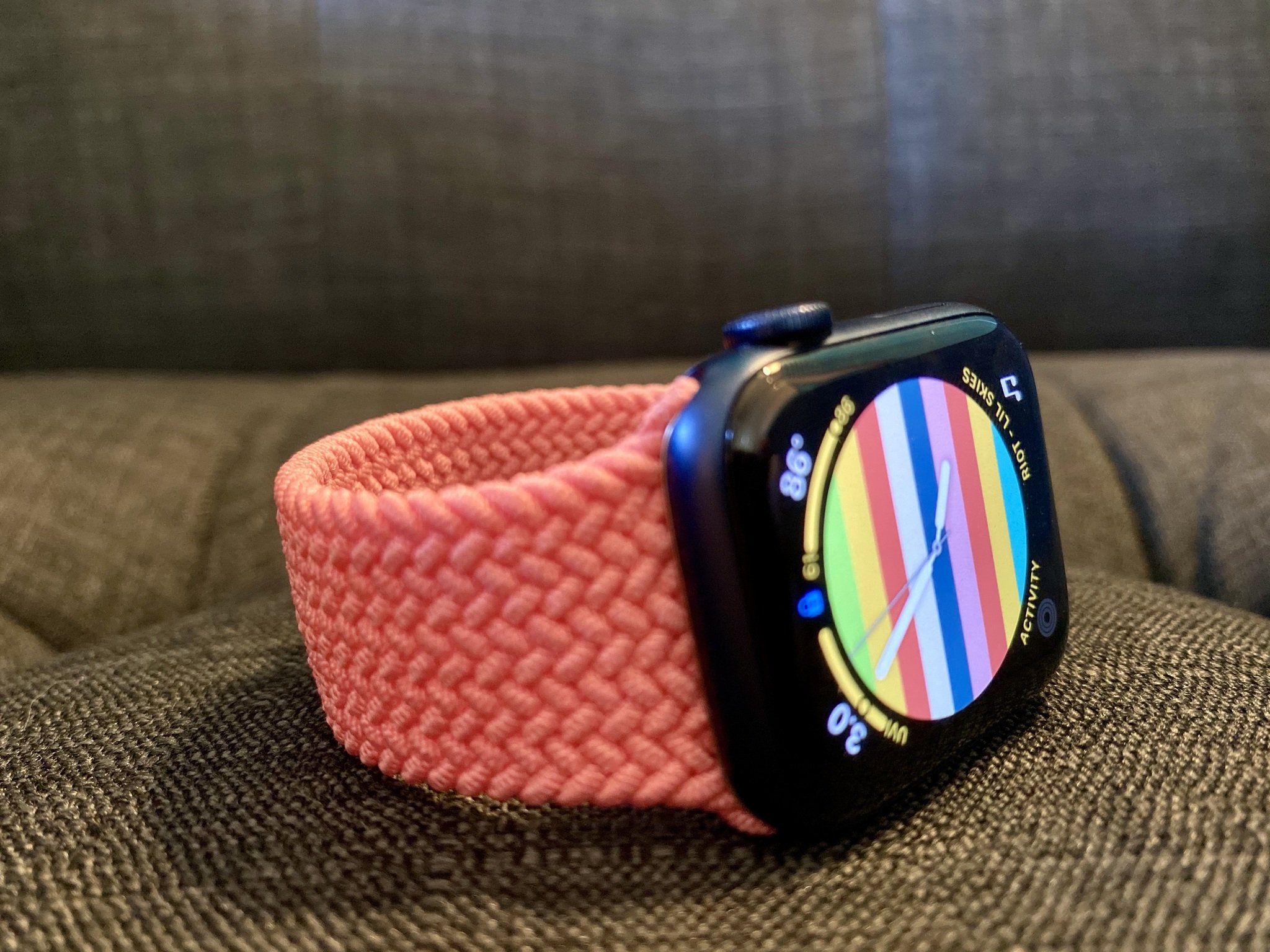
Apple Watch Series 6, like its previous two predecessors (and arguably even earlier versions), is the world's best health and fitness tracker. With a blood oxygen monitor and always-on altimeter added to the ECG monitor, the heart rate monitor, fall detection, emergency SOS calling, and noise monitor, the Apple Watch Series 6 is decidedly not just a smart watch, but a powerful device that can help you have better control over your overall health and wellness.
I've been putting the Apple Watch Series 6 through its paces for the past week: running, biking, exercising, sleeping, breathing, and everything I can do safely during this pandemic. Is this the watch you need right now? Here's my Apple Watch Series 6 review.
Apple Watch Series 6: In Brief
For people who want:
- Blood oxygen tracking
- Always-on altimeter
- Colorful options
- The fastest processor
- More than 24-hour battery life
- Comprehensive health and wellness tracking
Who it's not for:
- Android compatibility
- A round design
- A cheap smart watch
The Apple Watch Series 5 was marketed as the Apple Watch that "tells time" because it finally got an always-on display so you didn't have to wake the screen just to see what time it was. This year's model is the Apple Watch that improves lives. The blood oxygen monitor added to all of the existing health sensors has the capability of helping us as individuals have a better understanding of what's normal and what's not for our bodies and providing doctors with more day-to-day details about us, so they can better identify and treat us.
Tech reviewers are going to say that this year's Apple Watch is nothing more than an incremental upgrade from last year's. But, I say they're wrong. The new health sensor in the Apple Watch Series 6 makes this the biggest upgrade since Apple increased the screen size from the Series 3 to the Series 4.
Apple Watch Series 6 review: Blood oxygen monitor
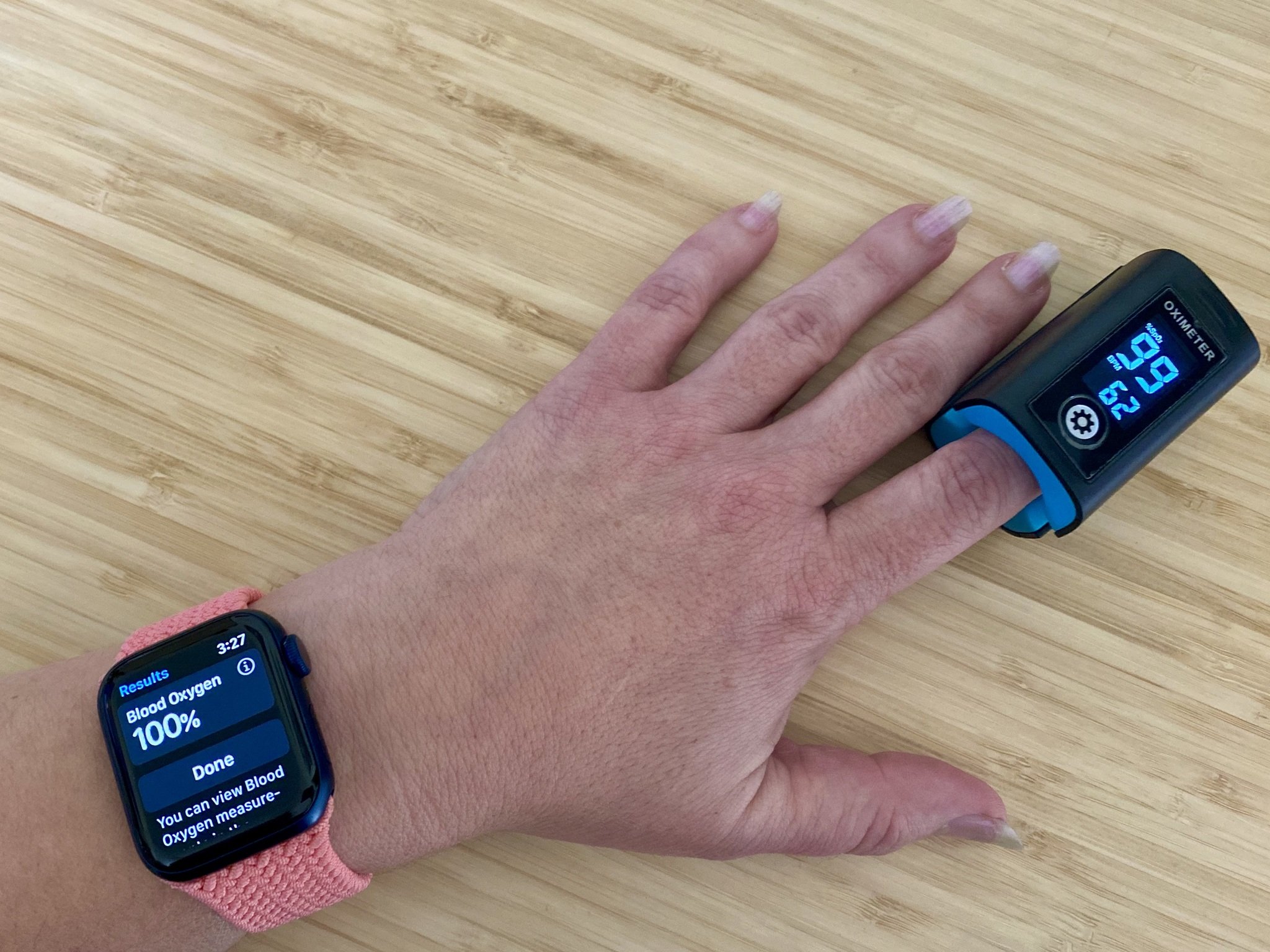
Obviously, the first thing everyone wants to know is whether the blood oxygen monitor works accurately. Through comparing the blood oxygen monitor on the Apple Watch with the FDA-approved PeakLife 360 Wireless Digital Pulse Oximeter, I can say that there was between 0 and 2 point differences between the Apple Watch and the FDA approved pulse oximeter. The Apple Watch wasn't able to get a good reading if I were moving around a lot, even though the PeakLife 360 was successful, but that is the only real noteable difference between them.
It's been highlighted by a few tech websites that the blood oxygen monitor in the Apple Watch is not FDA approved, and it's not (interestingly, some of these tech pundits are writers for the same websites that report on dozens of other blood oxygen monitors that are not FDA approved and no one is complaining about those). Getting FDA approval is very difficult, and it's likely Apple wanted to be able to get this sensor to market during a time when many people could benefit from a blood oxygen monitor.
iMore offers spot-on advice and guidance from our team of experts, with decades of Apple device experience to lean on. Learn more with iMore!
Even without FDA approval, this sensor is incredibly helpful for tracking our overall health and wellbeing. There are hundreds of non-FDA approved Sp02 monitors that have helped people at home better understand their blood oxygen health. With Apple Watch, you don't need a separate monitor and it will track your blood oxygen levels while you sleep. You don't have to remember to take it with you wherever you go. You can check your Sp02 at any time. No one else has to know what you're doing, so you won't look like a hypochondriac with a big box on your finger every time you want to check your blood oxygen levels.
For the past week, I've checked my levels at various times to see if there is any significant change. The only time I've noticed my levels change is while sleeping, where it drops a little (though I had one dip all the way down to 82%). If you wear your Apple Watch while you sleep (more on that below), the blood oxygen monitor will check your levels every half hour. With this information, you can talk to your doctor if you notice something unusual with your Sp02 while you sleep.
Fun fact: It's normal for your Sp02 to drop to 88% while you sleep.
The blood oxygen monitor in the Apple Watch Series 6 doesn't only track your Sp02 while you sleep. It will attempt to get a reading throughout the day. From what I can tell, it will try every half hour. If you're moving too much, it won't record a read and will try again in the next half hour. On most days, my daytime records ranged between 3-9 times.
There isn't enough real-world data to determine whether the Apple Watch Series 6 blood oxygen monitor will have an impact on our daily lives.
I had one read that was 72% that happened while I was awake. I wasn't worried about it because it was one single read and not a pattern. I did, however, wonder why the read would have been low. Was it an inaccurate read? That's possible. The Sleep and Respiratory Scholar points out that there are a number of factors that could cause an inaccurate read, even in medical-grade pulse oximeters.
It is important to understand that perfusion, skin pigmentation and thickness, ambient light sources and nail polish and acrylic nails all will affect the acuity of pulse oximetry or SpO2 testing.
Nail polish and acrylic nails relates to a finger-placed pulse oximeter.
There isn't enough real-world data to determine whether the Apple Watch Series 6 blood oxygen monitor will have an impact on our daily lives. If stories start coming in over the next year in relation to it, we'll have a better idea of its impact.
One complaint I have about tracking my blood oxygen levels has to do with the difficulty of finding the data in the Health app. I can quickly see the general data at a glance, but if I want the details; if I'm looking for the exact time that a record was made, I have to remember additional steps that are buried in the Health app.
- Launch the Health app.
- Tap Blood oxygen in your summary (hopefully, you've favorited this category or you'll have to find this by browsing categories first).
- Scroll down to the bottom of the screen and tap Show all data.
The confusion comes at the top of the Blood Oxygen screen where you can click on a specific date on the grid to see the data range, but you can't access the details of when readings were taking. Right below the graph, you can tap on Show More Blood Oxygen Data but this page does not show you the time-of-day readings either. The only way to find out what time of day each reading was taking (which is what I'm most interested in) is buried at the bottom of main Blood Oxygen page. It's too confusing.
Now that the Apple Watch has become so much more important to our health tracking, my hope is that the Health app will get a complete makeover with a more intuitive user interface. I've always felt that it was a little clunky and difficult to navigate, but I didn't use it that much, so I didn't care. Now that we have hearing health, women's health, sleep health, and heart health, I check it every morning. I love the summary of things I track, but I want the details pages to be more intuitive.
Apple Watch Series 6 review: Always-on altimeter
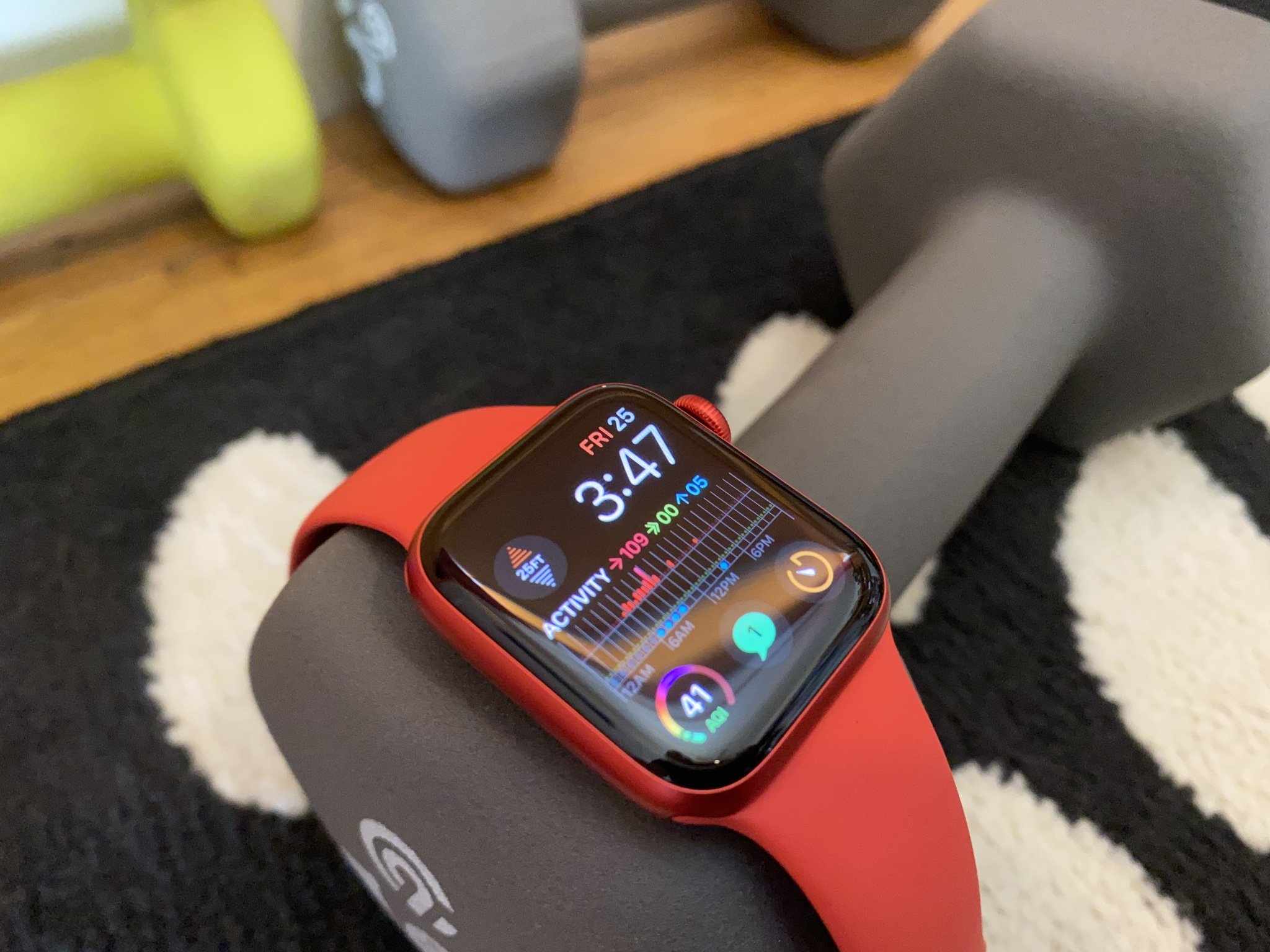
Apple Watch has had an altimeter since the Series 3, but this year, Apple added support for always-on altimeter to the Apple Watch Series 6. What does this mean? For most people and under most circumstances; nothing. There isn't even an app on your Apple Watch for it. It's just there, reading your location information in real-time. Ask Siri to tell you your current altitude any time you want or add a complication to your Watch face so it's always there for your tracking needs. If you want to manually check your current altitude without asking Siri and you don't have the complication on your watch face, pop into the Compass app to get a direct read.
Why is always-on so important? That's really up to you and your needs. But, I believe Apple added this functionality in order to help better track blood oxygen levels. If you are in a higher elevation, your oxygen levels will drop until you either leave or become acclimated to the new height. If your oxygen levels are unusually low, but you're at a higher elevation, your doctor will be able to use both bits of information to determine whether you need additional testing. If you know you're currently at a higher elevation, you might be less likely to worry if your Sp02 is low.
I was unable to test altitude variations with the always-on altimeter myself, but in Rene Ritchie's Apple Watch Series 6 review, he talks to long-distance runner Ray Zahab about it, as well as how extreme athletes use altimeters and blood oxygen monitors while they train.
Apple Watch Series 6 review: Brighter always-on display
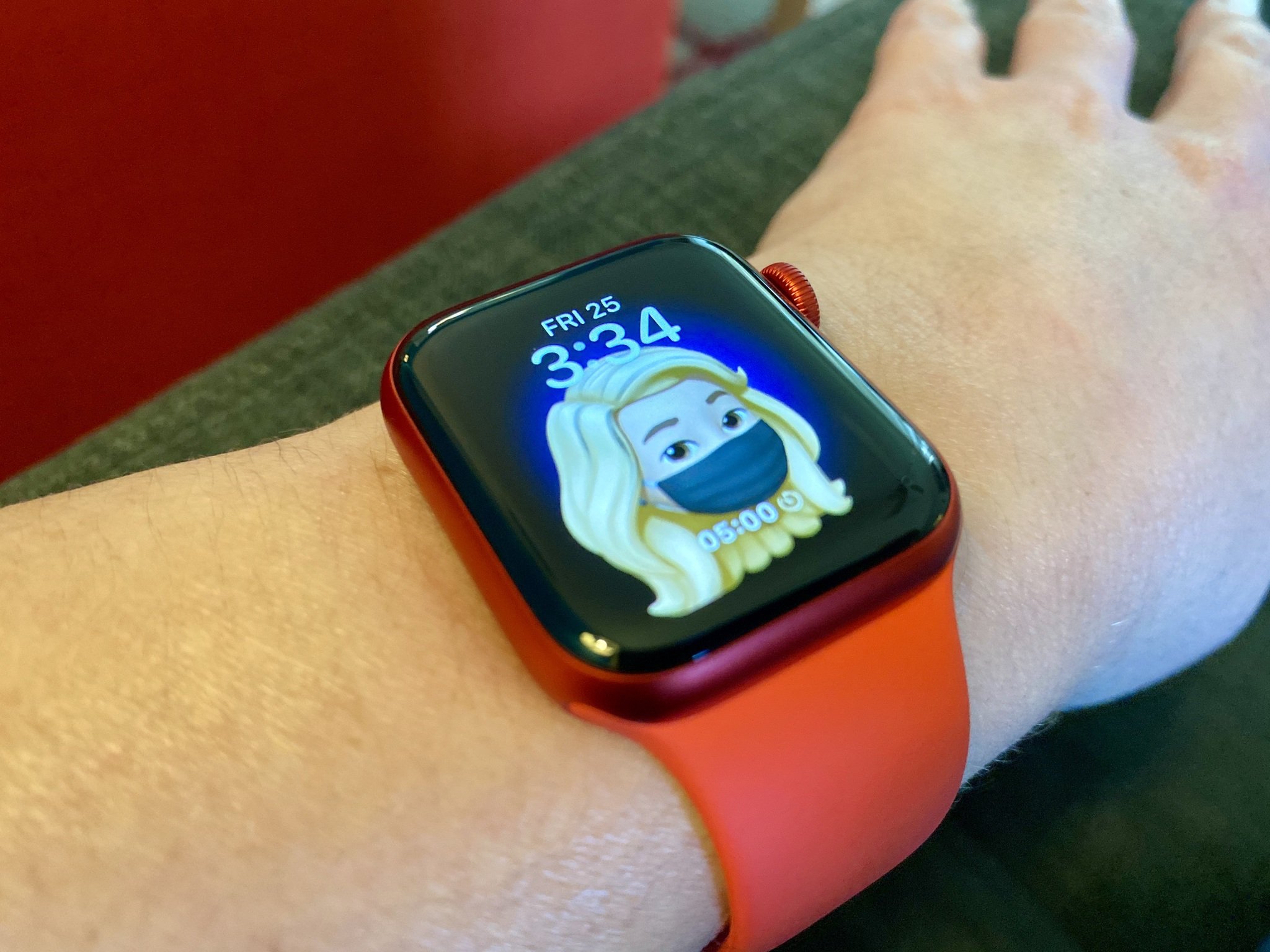
I'm upgrading from an Apple Watch Series 4, so I can't properly compare the two version of always-on screens, but on the iMore Show Rene Ritchie explains how much better the dimmed screen is to read while in brighter situations, like the outdoors. It is 2.5x brighter than last year's model. I can tell you that I never have trouble seeing what's on the screen when I'm outdoors and my Apple Watch isn't awake.
In addition to a brighter sleep screen, Apple made changes to how the always-on display works on both the Apple Watch Series 5 and Apple Watch Series 6. Previously, while your Apple Watch was asleep, if you wanted to access Notification Center or Control Center, you'd have a two-step process: Tap to wake, then tap to access. Thanks to watchOS 7, you can tap a notification, check your battery health, tap into a complication, and even change your watch face with just one tap!
This little change has been a huge quality-of-life improvement for me.
This little change has been a huge quality-of-life improvement for me. Going from a Series 4, where you have to tap or lift to wake and then tap to access (which is very similar to how Always-On used to be) to Series 6 with watchOS 7 is a little bite of joy every single time I want to interact with a notification on my screen. It is incredibly intuitive and reacts quickly and smoothly to my actions. No more stops and mis-wake attempts.
This seemingly minor difference ends up being one of my favorite features of upgrading from the Series 4. If, like me, you didn't care about an always-on screen and didn't buy a Series 5, let me just tell you that an always-on screen means so much more than just being able to see what time it is without a sweeping gesture or tap on a screen.
Apple Watch Series 6 review: Battery life
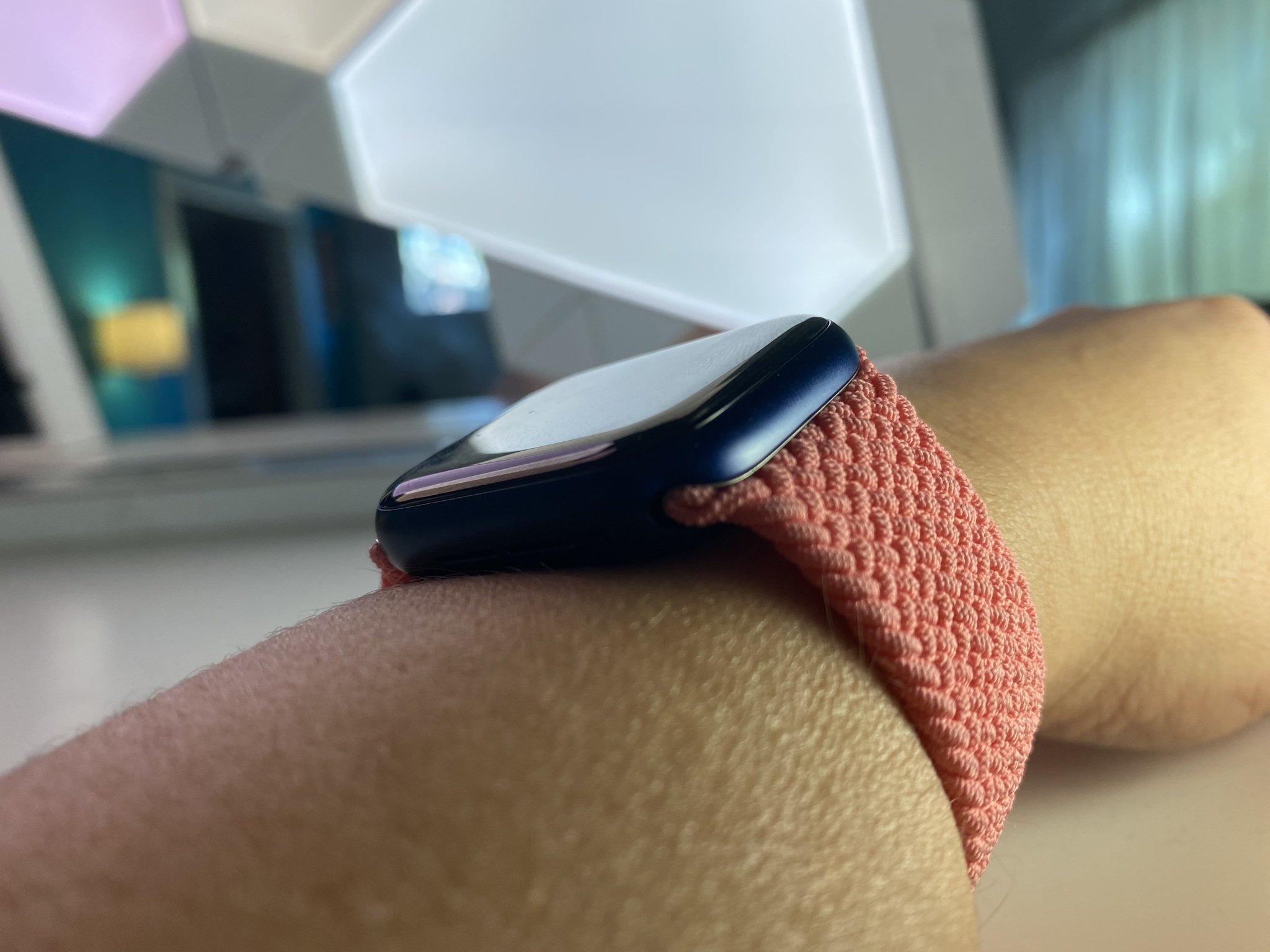
The more features that come with the Apple Watch, the harder it is to get through an entire day without your Apple Watch battery taking a powder. With sleep tracking, how are we supposed to be able to get through 24-hours of Apple Watch?
Apple Watch Series 6 has some notable improvements to help with battery management, including one additional hour of audio playback and an additional hour of workout tracking. Daily workout tracking seem to be the biggest pain point for battery life on Apple Watch and I do see a significant improvement over performance of the Apple Watch Series 4.
Previously, I would always get a "low power mode" notification at about 10:30 or 11:00 at night on days when I workout. I usually do about 45 - 55 minutes of high intensity interval workout five days per week. That means every weekday, my Apple Watch wouldn't make it late into the night. Luckily, I usually go to bed around this time on weeknights anyway, but when I stayed out late (like if I were playing a show ... pre-COVID), my Apple Watch would die before my night was over.
With Apple Watch Series 6, I haven't changed my daily activities but my battery stays healthy all day and I'm able to wear it through the night.
With Apple Watch Series 6, I haven't changed my daily activities but my battery stays healthy all day and I'm able to wear it through the night. On average, the battery drops to between 25% and 35% by the time I go to bed (this is including daily workout tracking). I wear it all night long for sleep tracking and Sp02 monitoring. When I wake up in the morning at 6:00 AM, my battery us usually between about 13 and 20 percent.
This is with all sensors on. I don't skimp on tracking.
If you want to take advantage of every bit of health tracking Apple offers, yes, you're going to have to learn some new battery management habits. After I wake up in the morning, I take my watch off and charge it for an hour before I get ready for my workout. It charges up to about 90%, sometimes more, before I start my workout.
My friend and colleague in the industry, Allison Sheridan of Podfeet podcasts, had serious battery drain with her Series 5. She saw real and significant improvement with the Series 6.
I am delighted to say that the battery on the 40mm Apple Watch Series 6 is fantastic. I've only got two data points so far, but since I had a grand total of zero good data points on the Series 5, I'm declaring an early victory. I have left Always On enabled on the Series 6 for the past two days while I went about my normal workout schedule. On Tuesday I did 81 minutes of workouts and when I went to sleep I had 30% left. On Wednesday I did 132 minutes of exercise and when I went to bed I still had 25% left on my battery. This makes me giddy with joy.
I think Allison's experience is going to make a lot of people take a second look at the Series 6. Be sure to read her review of the (Product)RED model and how it looks with different colored bands (she even provides a photo gallery).
Apple Watch Series 6 review: Speedy charging
If you're going to wear your Apple Watch all day and then sleep with it on all night, you're going to need it to be able to charge up fast when you need it. Apple Watch Series 6 does just that.
I mentioned above that I take my Apple Watch off when I wake up and drop it on the charger. When I wake up, my Watch is usually around 13%. An hour sitting on its charger, my Apple Watch is up to about 90% to 94%.
I couldn't take advantage of all of the sensors on the Apple Watch if not for the speed in which I can charge from low-power to full.
I couldn't take advantage of all of the sensors on the Apple Watch if not for the speed in which I can charge from low-power to full. I would not be happy if my Watch only charged to 70% or even 80%.
Apple Watch Series 6 review: U1 Chip
The Apple Watch Series 6 is the first Apple Watch to include a U1 chip. Even the Apple Watch SE doesn't have it. It's an "Ultra Wideband" chip with more precise location recognition. What does this mean for you? Certain device finding functions, like Find My or Apple Pay have slightly faster and more precise recognition, AirDrop pinpoint location, for example. It should also work with Apple's new Car Key feature so you can unlock your compatible car with your Apple Watch.
There isn't any significant use cases for it at the moment, but the rumored Apple Tags would need a U1 band for compatibility, so I'm looking forward to what this chip will do in the near future.
Apple Watch Series 6 review: watchOS 7
We can't talk about the new Apple Watch without talking about how watchOS improves the Apple Watch experience. Almost all of the new features in watchOS 7 are available on Apple Watch Series 3 through Apple Watch Series 6. It doesn't matter if you buy a new Apple Watch or are updating your current one. There are some impressive additions that everyone can take advantage of.
Handwashing
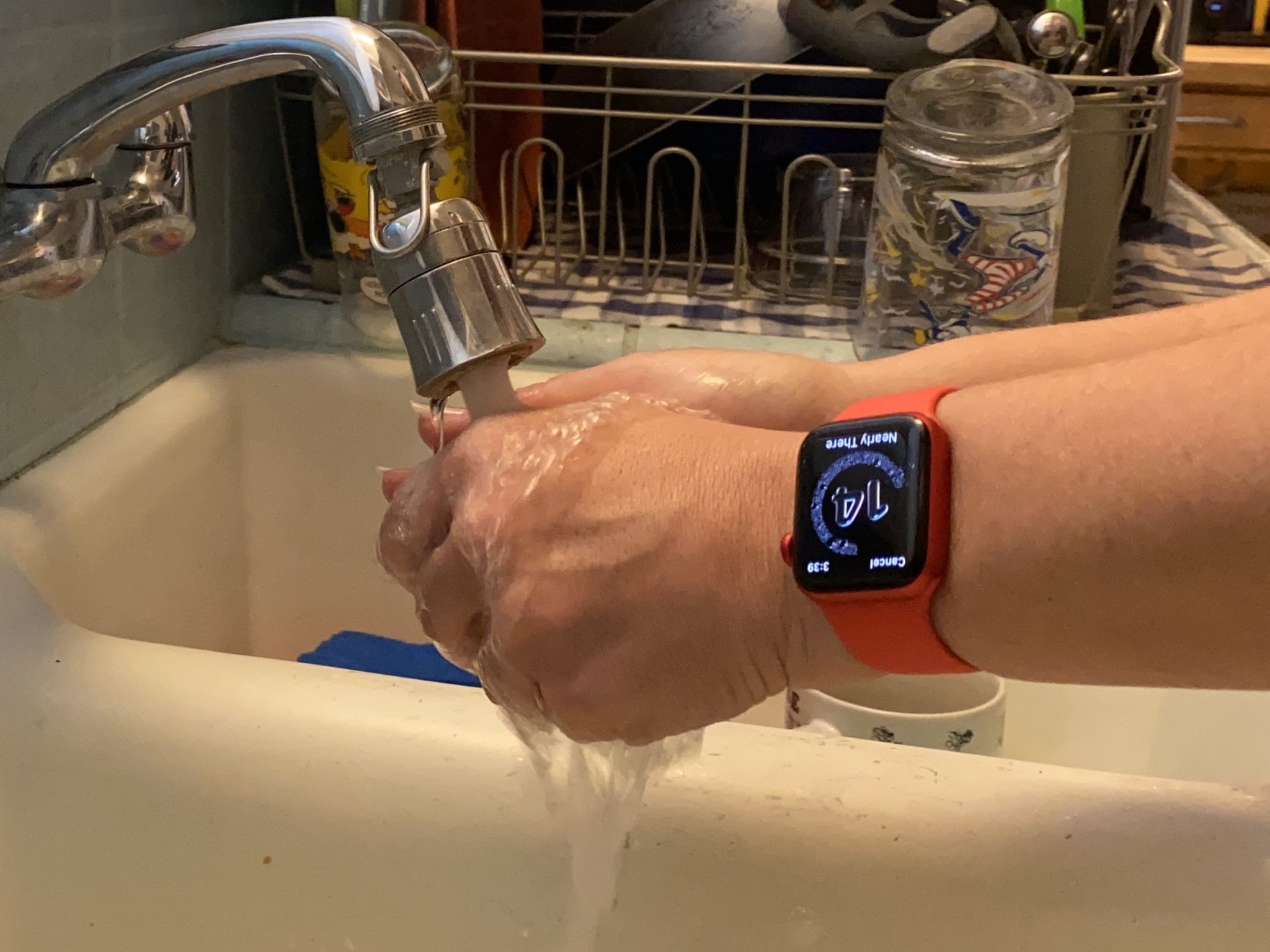
In 2020, the world saw its deadliest pandemic since the 1918 Flu Pandemic. In an effort to help stop the spread, medical officials recommend maintaining healthy handwashing habits. Prior to 2020, did you know that you should wash your hands for 20 seconds? The reasons have to do with how the chemicals in soap breakdown on our skin. I remember learning about singing the "Happy Birthday" song, but didn't really understand the importance of a 20-second scrubbing to help get rid of bacteria and viruses.
Even after knowing this, I hadn't been particularly good at always washing for 20 seconds. I got a lot better, but I was only washing for about 15 seconds a lot of times.
With Apple Watch (Series 4 and newer) and watchOS 7, I get a little tap on my wrist when it identifies that I've started washing my hands (it "listens" for the sound and notes the movement of your hands) and starts a 20-second countdown. When 20 seconds has ended, I get a second little tap on my wrist to let me know I'm good to go. I don't have to count or sing or anything — it just happens.
You can also set up a geofencing notification to be reminded to wash your hands when you get home. I haven't seen this work yet, but I've only left my house once since watchOS 7 was released, so I don't have a good set of data.
Sleep tracking
I haven't been particularly concerned with my sleeping habits. I'm one of the lucky ones that that usually gets a good night of sleep. I can fall asleep at any time and usually don't have fitful sleeps. I know. I'm lucky.
For me, wearing my Apple Watch to bed only for sleep tracking isn't particularly useful. It's more precise about what time I go to bed and wake up (by a couple of minutes on either side), but it doesn't recognize if I've slept light or heavy. It's really designed to show you how well you do or don't sleep (like, how often you get up in the middle of the night or if you pick up your phone). I do like to see the other things that are tracked while I sleep, like my heart rate and my Sp02.
With the Sleep Schedule feature, you can set up a goal for how much sleep you hope to get every night and enable alarms, screen time restrictions, and more.
A little before your bedtime goal, you can enable Wind Down, which will clear your iPhone of distractions and put your devices into Sleep Mode. You can set up Shortcuts to play music or turn down the lights, open the Notes app so you can write a journal entry, or open an app of your choice.
The idea is to teach you how to reduce your screen use right before bed in order to help you relax and get into the mindset of going to sleep.
I can see how this could be empowering to someone that does have trouble getting to or staying asleep, however. If you're tired a lot during the day and you have a weekly or monthly view of your sleeping habits, you might be able to see a pattern that needs to be addressed. This information is also something you can share with your doctor if you're concerned about your sleep health.
Siri translation
I've always wanted to just be able to ask Siri how to say something in a different language. With iOS 11, Siri learned how to do just that and it's pretty impressive. You can almost use it to learn a new language.
With watchOS 7, you can now use Siri on your Apple Watch to answer those "como se dice" questions. Siri is pretty good at understanding when you want to translate. If you say, "... in [x language]" at the end of the sentence, you will almost always get a translation. You can even say, "Repeat that" and sometimes ask for a second translation without needing additional context.
I can see how useful this could be when trying to speak to someone in a different language that one you know. Having Siri on your Apple Watch means you don't have to reach into your pocket to pull out your iPhone if you want to try to talk to someone.
Apple Watch Series 6 review: Bright new colors
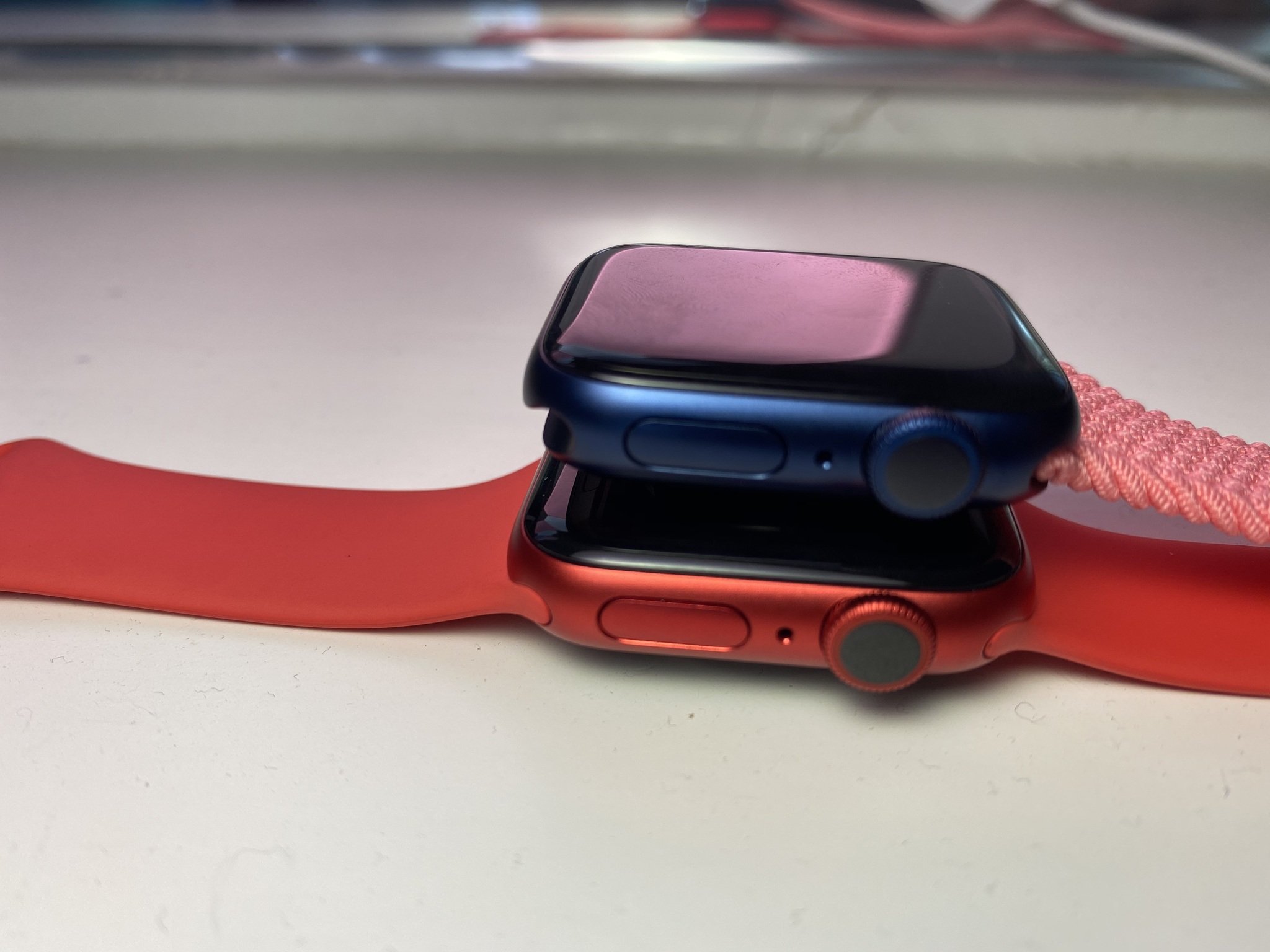
When Apple showed off the new colorful aluminum Apple Watch in blue and (Product)RED, it was an insta-buy for me. I love colorful tech and if this doesn't just scream "new for 2020," I don't know what does.
Apple sent me a (Product)RED model for review, but I also purchased the blue aluminum model, so I can speak to both of these options.
First off, the blue aluminum Apple Watch Series 6 has a deep rich color. It's a subtle blue. Much darker than the way it looks on the Apple online store product page. It is closer to a bluish shade of dark gray than it is a solid blue. I love this color. I love that it matches with so many bands. It's not garish. It's like the person in your office that wears a business suit, but also wears novelty socks. It's a bit flashy, but only a bit.
The (Product)RED aluminum Apple Watch, on the other hand, is very colorful. Like the blue model, however, it is absolutely not a bright red as it looks on Apple's online product page. It's richer, deeper, and leans more toward the cool spectrum than the warm. The case is stunning and really turns heads. It is also much harder to match with your bands. If you have any version of a red band, it's going to clash with the hue of the Watch case. Some accents of red are OK, like a Pride band, but you'd be surprised at how many colors clash with this exact shade of red. That being said, when you have a band that matches, oh the glorious beauty of that red! If I were to go back in time and order the Apple Watch Series 6 all over again, I think I might choose (Product)RED.
If you don't want an aluminum Apple Watch, you don't have the option to choose a bright color, but Apple did make some small changes to its stainless steel collection, including Graphite, which replaces Space Black, and a new "Classic gold" color, replacing the slightly pinkish gold of last year. Which color Apple Watch should you buy? We've got some advice to help you decide.
Apple Watch Series 6 review: New bands
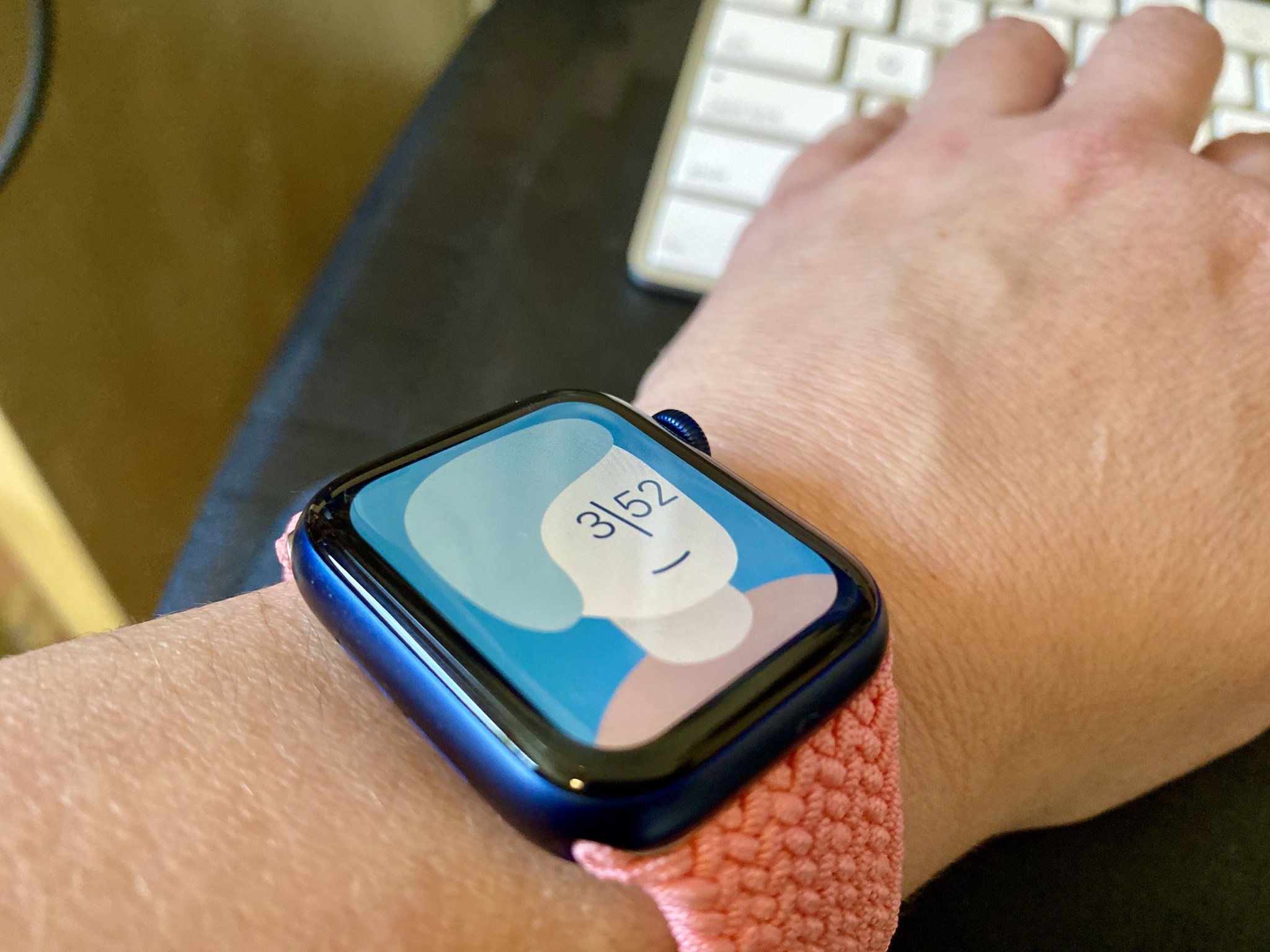
Apple unveiled more than a new Apple Watch this year. It also launched three entirely new band designs, the Solo Loop, the Braided Solo Loop, and the Leather Link.
The Solo Loop is made from a stretchy material that Apple calls "liquid silicon rubber." It's a single band without any clasp, buckle, or overlapping parts. It's a single strap that slides over your hand and onto your wrist. It comes in seven bright colors and fits both the 40mm and 44mm Apple Watch.
The Braided Solo Loop is the same as the Solo Loop in design (no clasps, buckles, or overlapping parts), but instead of liquid silicon rubber, its made from recycled yarn interwoven with silicon threads to give it the elasticity a stretch band needs. It comes in five colors and is available for both the 40mm and 44mm Apple Watch.
The Leather Link is a slightly different version of the Leather Loop. It is two straps with molded magnets inside for a perfect fit on your wrist. It's like a slap bracelet without the slap part.
The only new band I have is the Braided Solo Loop, and I can tell you that it's a true pleasure to wear. It's even more comfortable that the Sport Loop. If the Sport Loop is the yoga pants of Apple Watch bands, the Braided Solo Loop is the sweatpants. It's so comfortable it's like slipping into your most comfortable, soft sweatpants.
Should you get an Apple Watch SE instead?
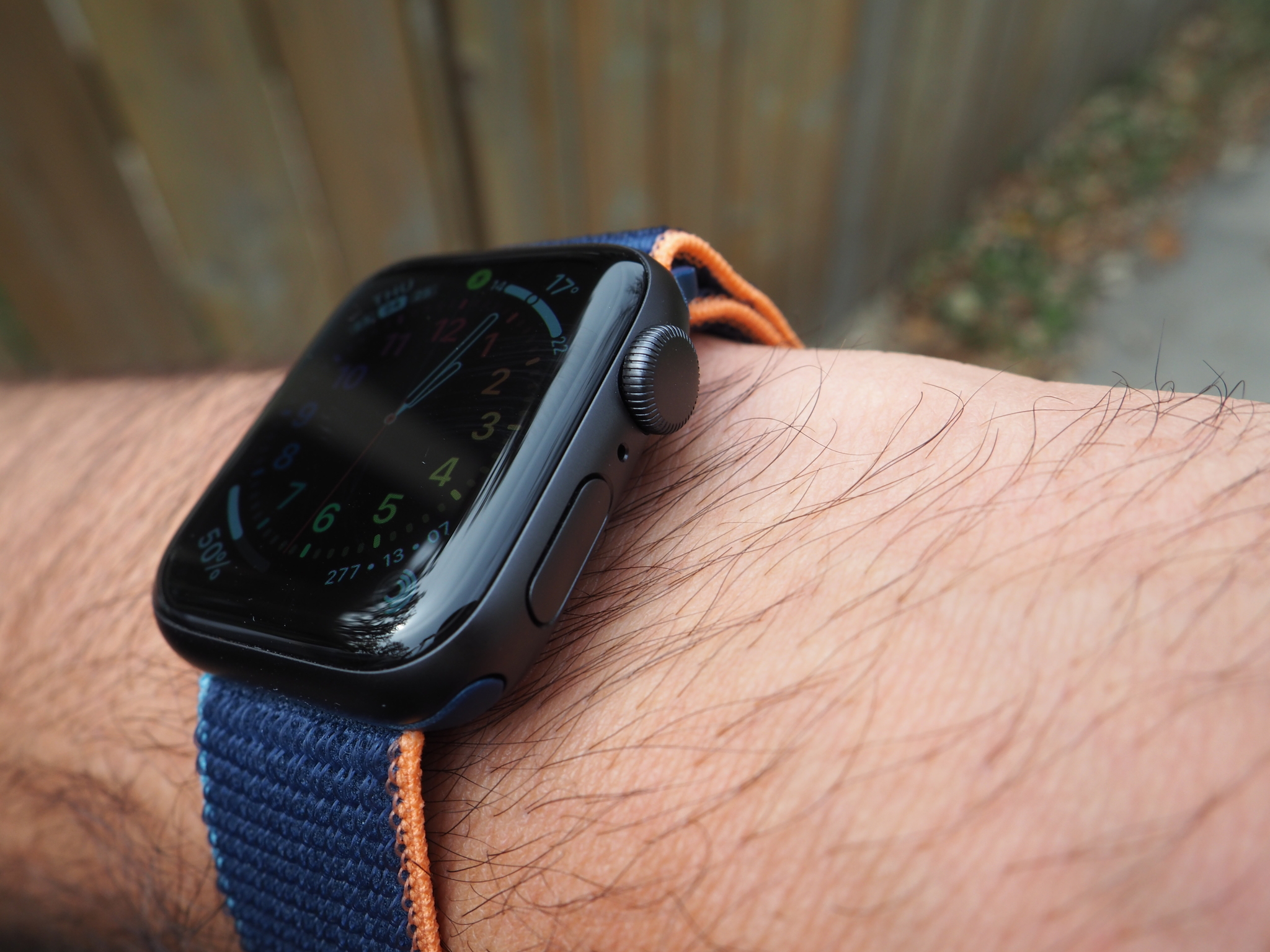
The Apple Watch Series 6 isn't the only Apple Watch Apple released this year. There is also the brand new Apple Watch SE, which is a bit of a hybrid between the Series 4 (the hardware), the Series 5 (the S5 chip), and the Series 6 (the always-on altimeter). It starts at just $279 and is positioned as Apple's mid-ranged Apple Watch. It's definitely the best Apple Watch in terms of value. Is that the one you should buy instead?
My short answer is no, but with a caveat.
The Apple Watch SE does not include an ECG or blood oxygen monitor and doesn't have an always-on display.
If those three things don't matter to you, the Apple Watch SE is absolutely worth $120 less than the Apple Watch Series 6. Chase your bliss.
If, however, you think the health features of the Series 6 are important, and frankly, I think they're the most important, opening your wallet just a little bit more is a good investment.
Is the Apple Watch Series 3 still a good value?
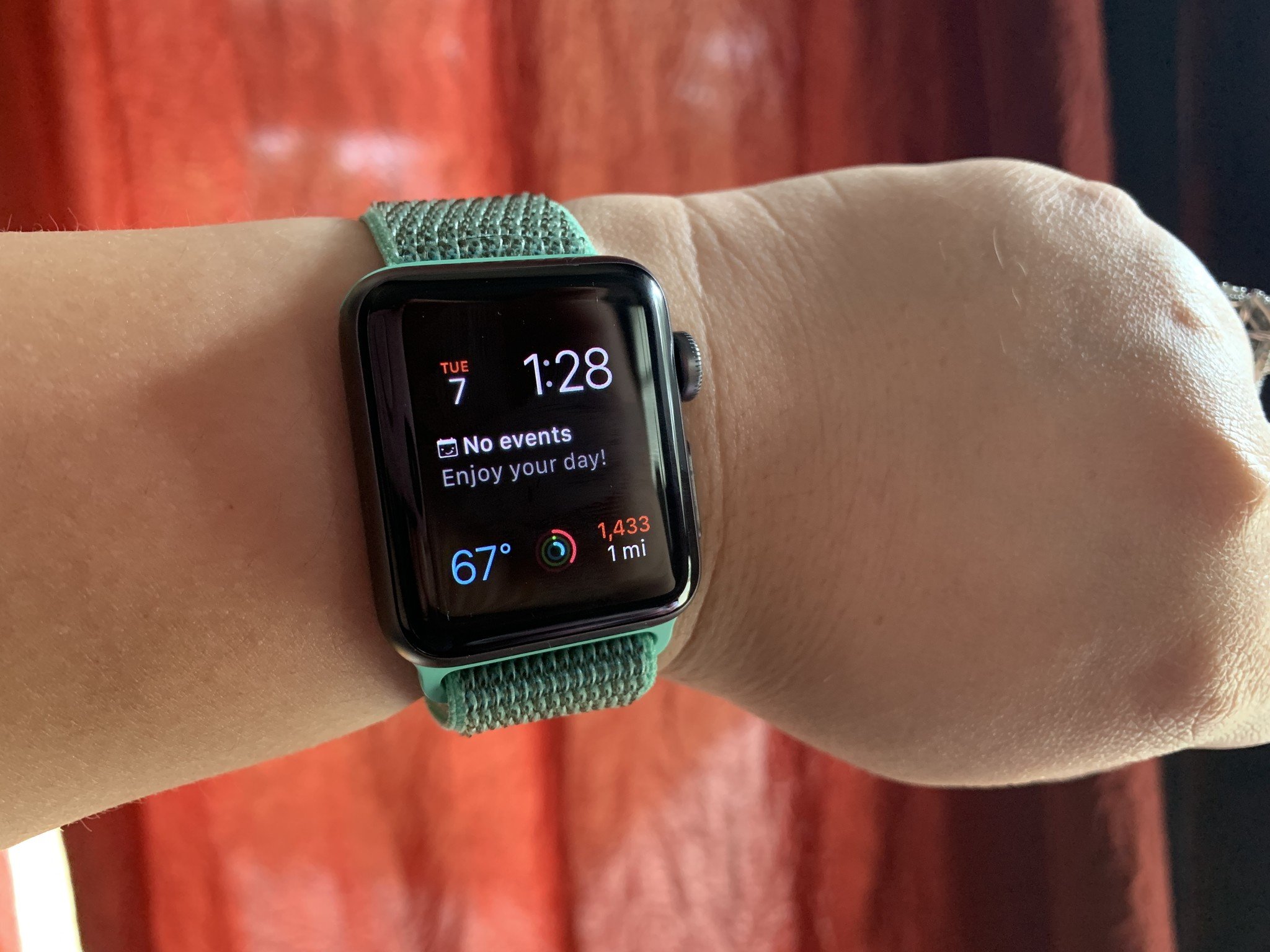
At this point in its lifespan, I can no longer call the Apple Watch Series 3 a great value. It uses the S3 SiP when the latest Apple Watch is up to an S6. The screen size is smaller at 38/42mm, and you can't get the Cellular + GPS model for this series anymore, which is a significant issue if you're planning on buying it for the purpose of using with Family Setup, because Family Setup requires a Cellular + GPS Apple Watch.
It is absolutely still an amazing little bit of technology and is a worthwhile budget Apple Watch if $199 is your spending limit. If you can afford the extra $80, though, I think you should upgrade to the Apple Watch SE. If money isn't an issue, it's the Apple Watch Series 6 that is going to really show you what the Apple Watch can do.
Should you buy the Apple Watch Series 6?
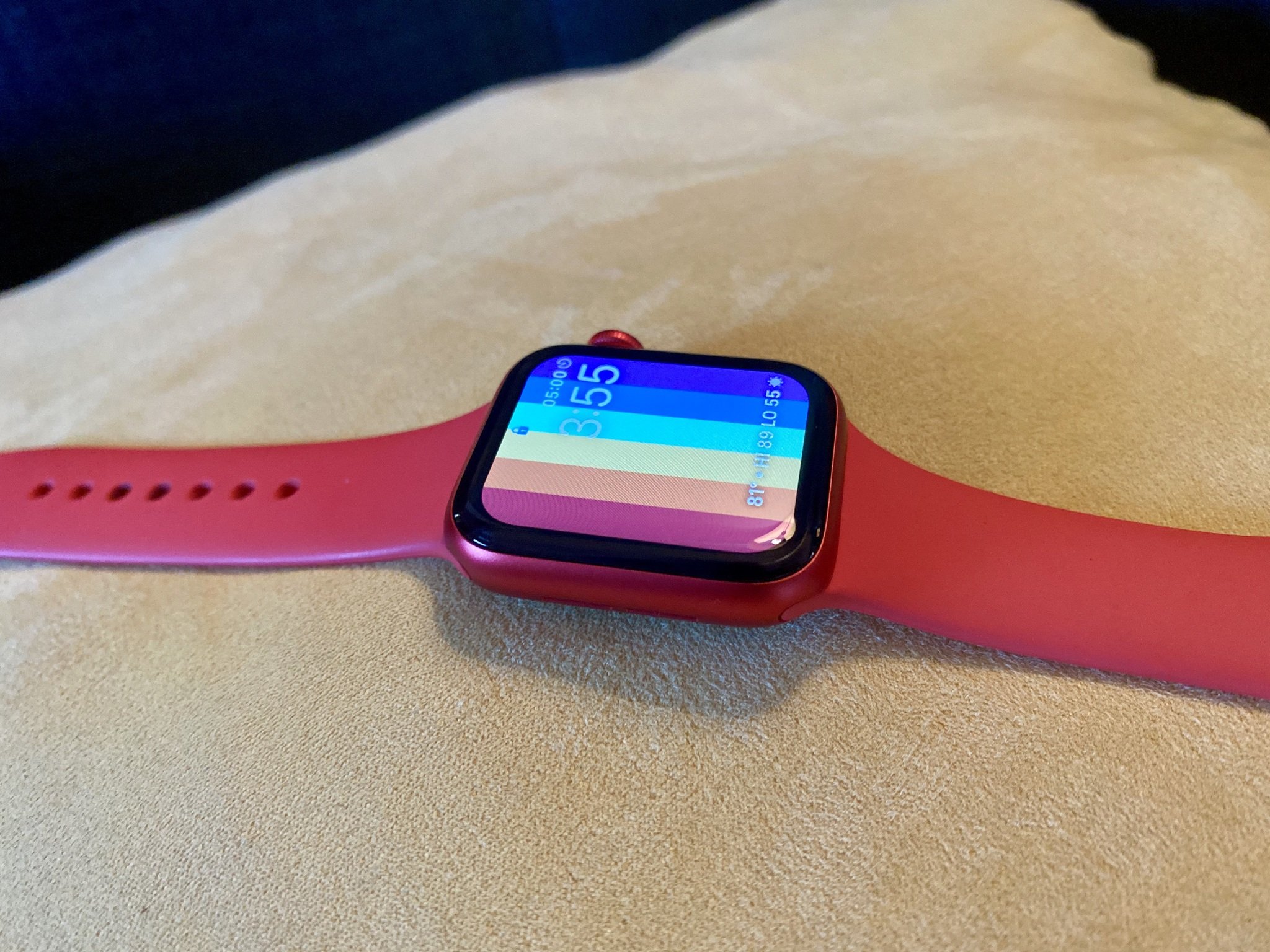
The answer is a resounding "yes" for a few reasons. The battery life is definitely better than any previous Apple Watch, the blood oxygen sensor combined with sleep tracking and heart rate monitoring is a huge boost in health and wellness, and the new blue and (Product)RED colors make it very clear that you're wearing the latest model.
If none of this appeals to you, you are not the market audience here. But, I would argue that these features might end up being more important to your daily life than you realize, especially the blood oxygen monitor.
Lory is a renaissance woman, writing news, reviews, and how-to guides for iMore. She also fancies herself a bit of a rock star in her town and spends too much time reading comic books. If she's not typing away at her keyboard, you can probably find her at Disneyland or watching Star Wars (or both).
